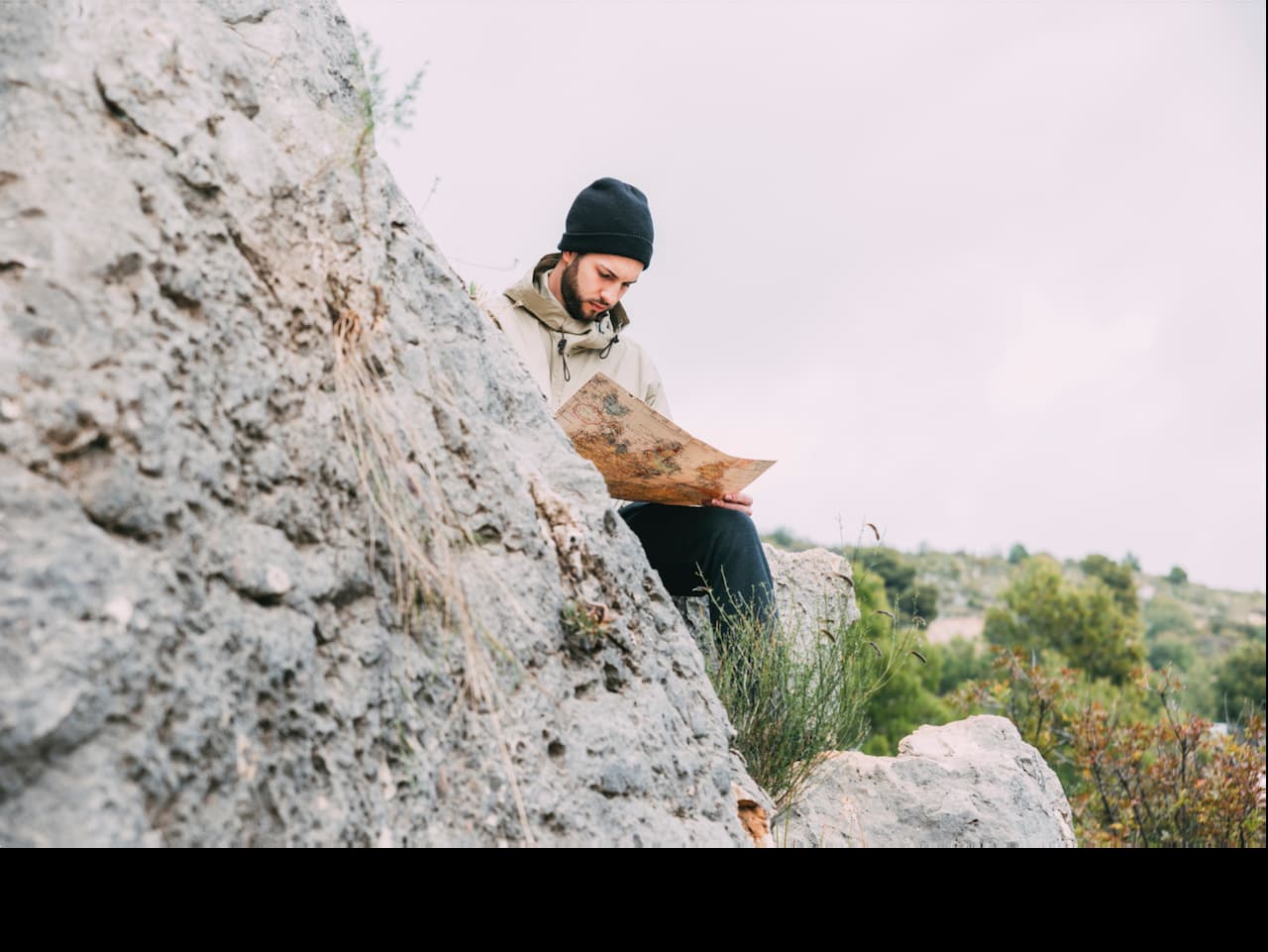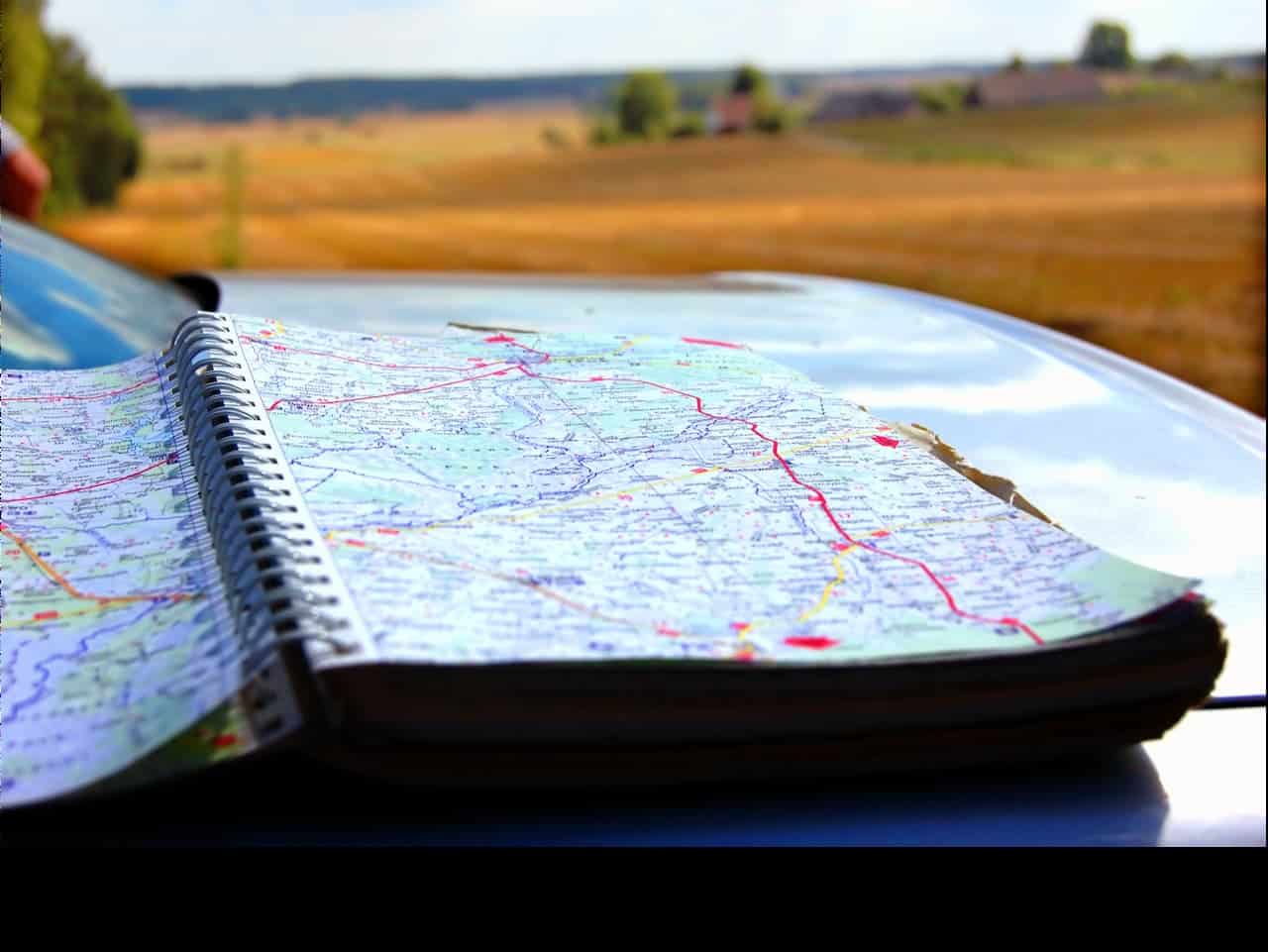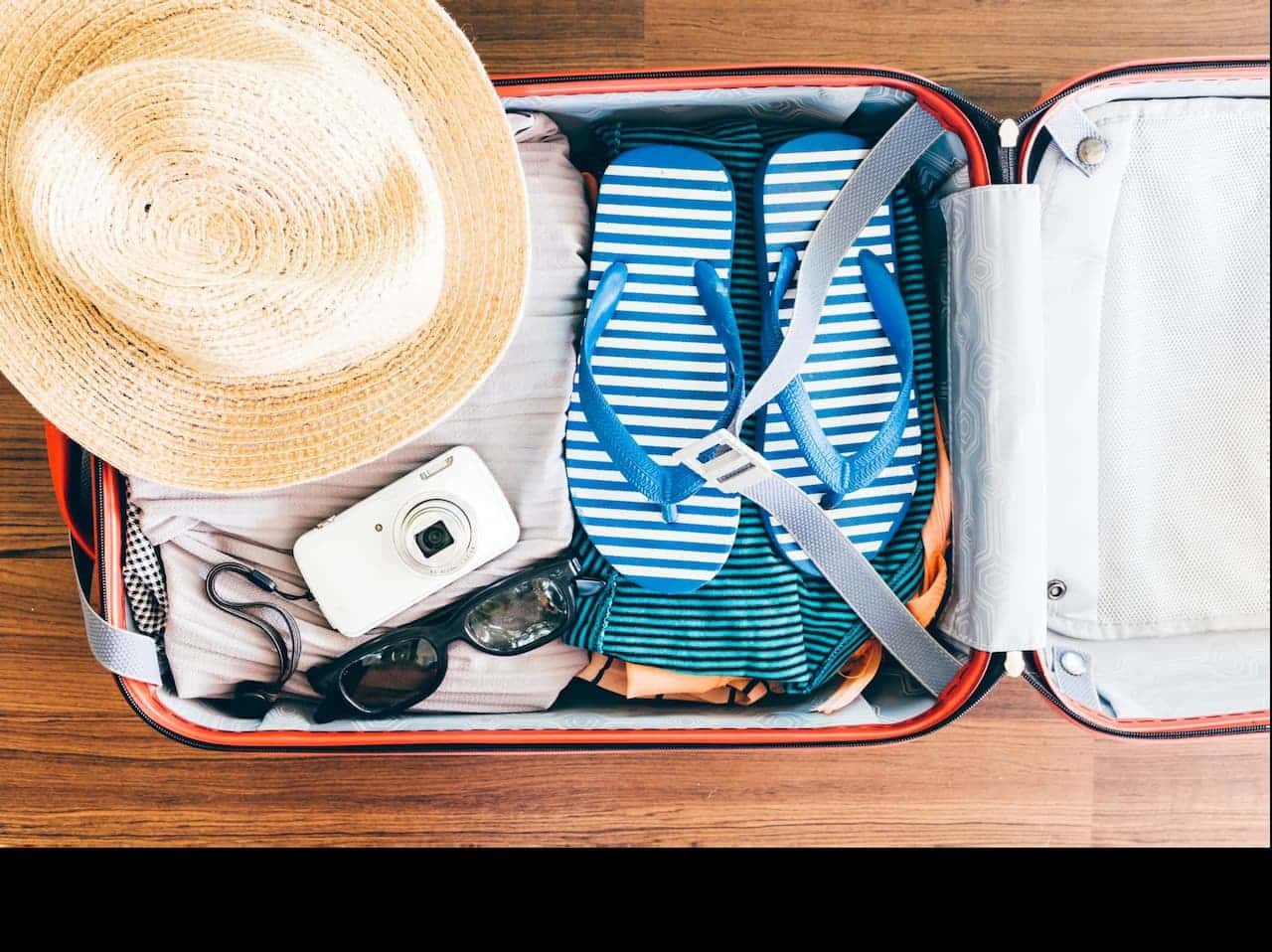2023 Travel Guide to Australia: Top Tips for an Unforgettable Trip
Table of Contents
Toggle
Average cost of holiday to Australia in 2023
| Item | Budget | Mid-Range | Luxury |
| Airfare | $800 – $1,200 | $1,200 – $1,800 | $1,800+ |
| Accommodation | $50 – $100 per night | $100 – $200 per night | $200+ per night |
| Food and drinks | $20 – $50 per day | $50 – $100 per day | $100+ per day |
| Transportation | $20 – $50 per day | $50 – $100 per day | $100+ per day |
| Activities and excursions | $20 – $50 per day | $50 – $100 per day | $100+ per day |
| Total cost per person per week | $1,500 – $2,500 | $2,500 – $4,500 | $4,500+ |
Note: The above table is an estimate provided by NowLoan.co.uk‘s bad credit loans team, prices can vary depending on a number of factors such as location, season, and personal preferences. It’s always best to research and compare prices before making a final decision.
Planning Your Trip: Essential Information for Traveling to Australia in 2023
Planning your trip to Australia in 2023 requires some essential information to ensure that you have a smooth and enjoyable experience. Here are some key points to keep in mind when planning your trip:
- Visa Requirements: Depending on your country of origin and the length of your stay, you may need to apply for a visa before traveling to Australia. The most common type of visa for tourists is the Electronic Travel Authority (ETA) or the eVisitor visa. These can be easily obtained online and are usually valid for 12 months.
- Vaccinations: Be sure to check with your doctor or a travel clinic to determine what vaccinations you may need before traveling to Australia. Some common vaccinations recommended for travel to Australia include those for measles, mumps, rubella, chickenpox, and tetanus.
- Currency: The currency used in Australia is the Australian dollar. Cash and credit cards are widely accepted, but it’s a good idea to have some cash on hand for small purchases and tips.
- Weather: Australia’s weather can vary greatly depending on the region and time of year you plan to visit. It’s important to check the weather forecast and pack accordingly. The summer season, December to February, is the most popular time to visit, but also the hottest and most crowded.
- Time Zones: Australia has three main time zones: Australian Eastern Standard Time (AEST), Australian Central Standard Time (ACST), and Australian Western Standard Time (AWST). Make sure to check the time zones for the regions you plan to visit and adjust your schedule accordingly.
- Public Holidays: Plan your trip around public holidays to avoid crowds and ensure that certain businesses and services are open. Some of the most popular public holidays in Australia include Christmas, New Year’s Day, and Australia Day.
- Phone and Internet: Check with your phone carrier to ensure that your phone will work in Australia, or consider renting a local phone or SIM card. Be sure to also research wifi availability and consider purchasing a travel-specific data plan.
By keeping these essential points in mind, you will be well prepared for an unforgettable trip to Australia in 2023. Remember to also research your destination, to find out more about the culture, customs.
and what to do and see.
Where to Go: Exploring Australia’s Must-See Destinations
Australia is home to many amazing destinations that are worth exploring. Here are some must-see destinations for your trip to Australia in 2023:
- Sydney: As the most populous city in Australia, Sydney offers a unique blend of culture, history, and natural beauty. Highlights include the iconic Sydney Opera House, the Harbour Bridge, and the famous Bondi Beach.
- The Great Barrier Reef: The Great Barrier Reef is the world’s largest coral reef system and a UNESCO World Heritage site. It’s located off the coast of Queensland and is home to a diverse array of marine life, making it a must-see destination for snorkelling and scuba diving.
- Melbourne: Known for its cultural scene, Melbourne is home to many museums, galleries, and festivals. It’s also known for its street art and coffee culture.
- The Outback: The Australian Outback is a vast and rugged region that’s perfect for adventure seekers. Some must-see destinations include Uluru, also known as Ayers Rock, and the ancient rock formations of the Bungle Bungle Range in Purnululu National Park.
- The Gold Coast: The Gold Coast is a popular destination for surfers and beach-goers. It’s home to many famous surf breaks and beautiful beaches, as well as theme parks, shopping, and dining options.
- Cairns: Cairns is a tropical city located in Far North Queensland, known for its access to the Great Barrier Reef and the Daintree Rainforest. Visitors can go snorkelling, scuba diving, and take a cruise to the reef, or explore the nearby rainforest by taking a guided tour.
- Perth: Perth is the capital city of Western Australia, known for its beautiful beaches, parklands and wineries. Visitors can also take a day trip to Rottnest Island, a nature reserve and popular spot for swimming, snorkelling, and cycling.
These are just a few of the many amazing destinations Australia has to offer. Remember that Australia is a vast country, and it would be impossible to see everything in one trip, so it’s a good idea to research and plan your trip according to your interests and priorities.
When to Visit: Choosing the Best Time to Explore Australia
Australia is a large country with a diverse climate, and the best time to visit depends on your interests and the destinations you plan to explore. Here are some general guidelines to help you choose the best time to visit:
- Summer (December-February): Summer is the most popular time to visit Australia, and it’s an ideal time to visit the beach and enjoy the many outdoor activities the country has to offer. However, it’s also the busiest and most expensive time to visit, and some destinations can be crowded.
- Spring (September-November): Spring is a great time to visit Australia, as the weather is mild and many wildflowers are in bloom. It’s also a good time to visit destinations such as Sydney and Melbourne, which have many events and festivals.
- Winter (June-August): Winter is a good time to visit the southern regions of Australia, such as Victoria and New South Wales, as the weather is mild and comfortable. It’s also a good time to visit destinations such as the Great Barrier Reef, as the water is warmer and the crowds are smaller.
- Fall (March-May): Fall is a good time to visit the Northern regions of Australia, such as Cairns, Darwin, and the Kimberley, as it’s the dry season and the weather is warm and sunny. It’s also a good time to visit the Outback as the temperatures are more comfortable.
- Shoulder Season: The shoulder season, which is the period between the peak and off-peak season, is a great time to visit as the prices are lower and the crowds are fewer.
It’s always a good idea to check the weather forecast for the destinations you plan to visit, and also to research the peak and off-peak season of each destination, as it can vary depending on the location. Remember to also consider any events or festivals that you might want to attend and book your accommodation in advance.
How to Get Around: Navigating Australia’s Transportation Options
Navigating Australia’s transportation options can be overwhelming, but there are several ways to get around the country depending on your budget and travel style. Here are some options to consider:
- Domestic flights: Domestic flights are the most convenient and fastest way to travel around Australia, especially for longer distances. Major airlines such as Qantas, Virgin Australia, and Jetstar offer flights between major cities and regional destinations.
- Bus and coach services: Bus and coach services are a budget-friendly option for traveling between cities and regional destinations. Companies such as Greyhound and Premier offer services across the country, with frequent stops and flexible schedules.
- Car rental: Renting a car is a good option if you plan to explore Australia’s scenic routes and remote destinations. It offers flexibility and the freedom to explore at your own pace. Be aware that the driving is on the left-hand side, and that the road conditions vary depending on the region, so it’s important to research the conditions before starting your journey.
- Train: Train travel is a comfortable and scenic way to explore Australia, with services available between major cities and regional destinations. The Indian Pacific, The Ghan, and The Overland are some of the most famous train journeys in Australia that offer a unique experience.
- Hitchhiking: Hitchhiking is not a common practice in Australia, but it’s possible, especially in remote and rural areas. It’s important to be aware of the risks and to use caution when hitchhiking.
- Bicycle: Bicycle travel is a great option for those who want to explore at a slower pace and get a closer look at the sights and sounds of Australia. Some regions like the Great Ocean Road, the Daintree Rainforest, and Kangaroo Island, are particularly well suited for bike travel.
It’s important to keep in mind that transportation costs can vary greatly depending on the region and season, so it’s a good idea to research your options and plan your budget accordingly.
Also, keep in mind that some destinations, such as the Great Barrier Reef, are only accessible by boat or seaplane, so it’s important to plan accordingly and research the transportation options available at each destination before you depart.
What to Pack: Essential Items for Your Australian Adventure
Australia is a diverse country with a wide range of climates and landscapes, so it’s important to pack the right items for your trip. Here are some essential items to consider:
- Sun protection: Australia has a strong sun, so be sure to pack sunscreen, a hat, and sunglasses. Pack a long-sleeved shirt, and long pants for extra protection
- Comfortable shoes: You’ll be doing a lot of walking, so pack a comfortable pair of shoes that can withstand a variety of terrains.
- Travel documents: Make sure to pack your passport, visa (if required), and any other travel documents you’ll need. It’s also a good idea to make copies of these documents and keep them in a separate place.
- First-aid kit: Pack a small first-aid kit with essentials such as band-aids, pain relievers, and any prescription medications you’ll need.
- Water bottle: Australia can be hot and dry, so be sure to pack a refillable water bottle to stay hydrated.
- Insect repellent: Australia has many insects, so pack insect repellent to protect yourself from bites.
- Camera: Australia has many beautiful and unique sights to capture, so don’t forget to pack a camera to capture your adventure.
- Warm clothing: Even though Australia is known for its hot weather, pack some warm clothes for the evenings, especially if you’re planning to visit the southern regions in the winter.
- Swimwear: If you’re planning to visit the beach or go swimming, pack a swimsuit, and also pack a beach towel.
Cultural Considerations: Navigating Australia’s Unique Customs and Traditions
Australia is a culturally diverse country with a unique set of customs and traditions. Here are some cultural considerations to keep in mind when navigating Australia’s customs and traditions:
- Greeting: Australians generally greet each other with a handshake or a hug. Avoid physical contact if it makes someone uncomfortable.
- Dress code: Australia has a relaxed dress code, but it’s important to dress appropriately for the occasion. For example, it’s best to dress up for formal events, and dress casually for more casual occasions.
- Timekeeping: Australians are generally punctual, so it’s important to be on time for meetings and appointments.
- Communication style: Australians have a direct communication style, and they tend to be informal in their speech and behavior. Avoid using overly formal language, and avoid being too direct if it makes someone uncomfortable.
- Respect for Indigenous culture: Australia has a rich Indigenous culture, and it’s important to respect and acknowledge it when visiting Indigenous communities or sacred sites.
- Tipping: Tipping is not a common practice in Australia, but it’s generally expected in restaurants and cafes. It’s also common to tip hairdressers, beauticians, and taxi drivers.
- Personal space: Australians generally respect personal space, so it’s important to avoid standing too close to someone or invading their personal space.
- Public behaviour: It’s important to be aware of and respectful of public behaviour in Australia. For example, smoking is banned in many public places, and it’s important to be mindful of noise levels in public spaces.
By keeping these cultural considerations in mind, you can navigate Australia’s unique customs and traditions with ease and respect. It’s always a good idea to research and learn more about the culture of the place you’re visiting, as it will help you to avoid any misunderstandings and to immerse in the local culture.
Staying Safe: Tips for a Safe and Enjoyable Trip to Australia in 2023
Here are a few tips for staying safe and having an enjoyable trip to Australia in 2023:
- Check the Australian government’s travel advice website for any updates on safety and security risks, as well as any travel restrictions that may be in place.
- Take out comprehensive travel insurance that covers any medical expenses, as well as any activities you plan to do, such as hiking or swimming.
- Be aware of the risks of sun exposure and take appropriate precautions, such as wearing sunscreen and a hat, and staying hydrated.
- Be aware of the risks of marine animals, such as jellyfish and sharks, and take appropriate precautions when swimming or snorkelling.
- Familiarise yourself with local laws and customs, and be respectful of the local culture.
- Be aware of your personal safety and take precautions such as not carrying valuables with you, and being aware of your surroundings when in crowded or unfamiliar areas.
- Stay informed about the weather and take appropriate precautions during extreme weather events, such as bushfires and cyclones.
- In case of emergencies, carry the contact number of the nearest embassy or consulate and the emergency services.
- Carry a face mask and be ready to follow the COVID-19 protocol.
- Lastly, enjoy your trip and make the most of your time in Australia.
Summary
In conclusion, traveling to Australia in 2023 requires some important information to ensure a smooth and enjoyable experience. It’s important to check visa requirements, vaccinations, currency, weather, time zones, and public holidays when planning your trip.
It’s also essential to research your destination to learn more about the culture, customs, and what to do and see. Popular destinations include Sydney, the Great Barrier Reef, Melbourne, the Outback, the Gold Coast, and Cairns. However, it’s important to keep in mind that the average cost of a holiday to Australia in 2023 can vary depending on factors such as location, season and personal preferences. Therefore, it’s best to research and compare prices before making a final decision.









